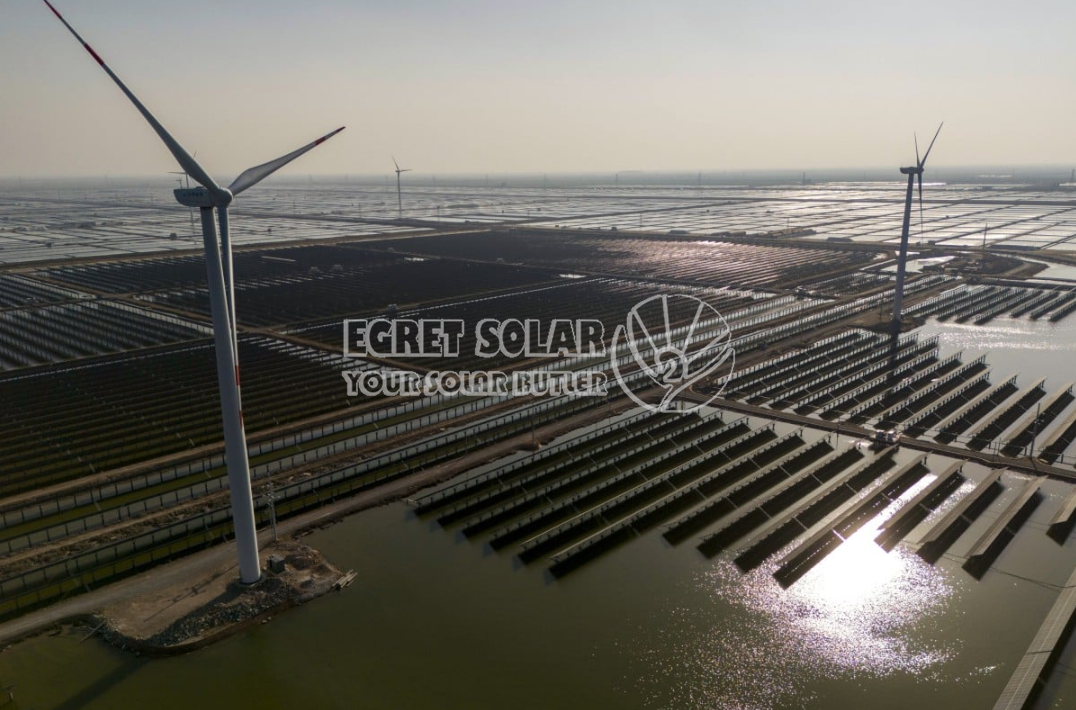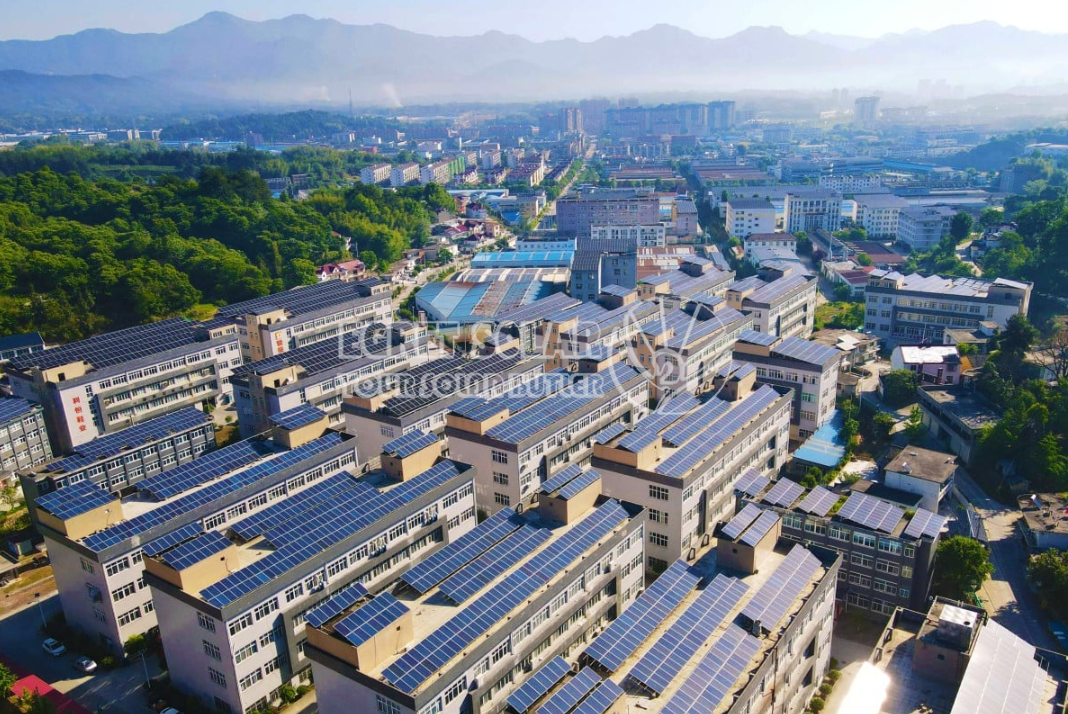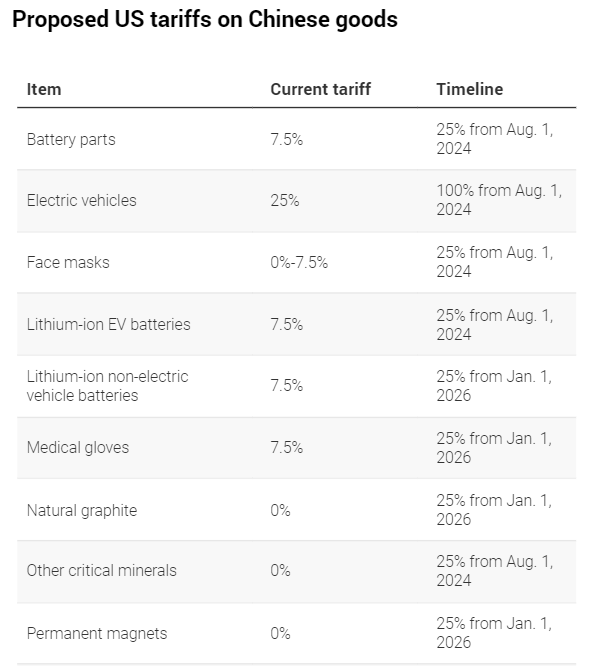- English
- Español
- Português
- русский
- Français
- 日本語
- Deutsch
- tiếng Việt
- Italiano
- Nederlands
- ภาษาไทย
- Polski
- 한국어
- Svenska
- magyar
- Malay
- বাংলা ভাষার
- Dansk
- Suomi
- हिन्दी
- Pilipino
- Türkçe
- Gaeilge
- العربية
- Indonesia
- Norsk
- تمل
- český
- ελληνικά
- український
- Javanese
- فارسی
- தமிழ்
- తెలుగు
- नेपाली
- Burmese
- български
- ລາວ
- Latine
- Қазақша
- Euskal
- Azərbaycan
- Slovenský jazyk
- Македонски
- Lietuvos
- Eesti Keel
- Română
- Slovenski
- मराठी
- Srpski језик
European Photovoltaics Market Development Trend
Wind and solar energy accounts for 36 per cent of China’s power generating capacity, far below what is needed to meet Beijing’s aim to peak carbon emissions before 2030

China’s National Development and Reform Commission (NDRC) and five other government departments said they will conduct a study on solar and wind resources in six pilot regions and explore ways to dramatically lift renewable energy’s share in the country’s power generation.
Hebei, Inner Mongolia, Shanghai, Zhejiang, Tibet, and Qinghai have been selected for the surveys that have to be completed by the end of next year, said a joint circular issued by the economic planner National Development and Reform Commission and five other departments on Thursday.

As China’s new-energy sector faces mounting trade barriers in the global market, officials in the country have pledged to optimise its massive capacity while continuing to refute the industrial-overcapacity concerns that have been voiced by Western politicians and Beijing itself.
“Whether from the perspective of a comparative advantage or global market demand, I don’t think there is an overcapacity problem that everyone is concerned about,” said Wang Shijiang, deputy director of the Electronic Information Department of the Ministry of Industry and Information Technology, during a press conference on Wednesday.
And in terms of some inefficient or backward production capacity that currently exists in the country’s green sector - that will gradually be weeded out through market competition, said Wang, who was secretary-general of the China Photovoltaic Industry Association from 2021 to February this year.
Authorities will also work with industry associations to strengthen the monitoring of industrial operations and regularly release key information on production capacity and output to alleviate market disorder, he added.
China will also deepen international cooperation in the realm of new energy to expand application scenarios, Wang said.
“Now the global demand for green power is increasing, and everyone hopes for more green power like photovoltaics … the future massive market demand has laid a foundation for large-scale development,” he said.
In 2023, solar panels made in China accounted for more than 80 per cent of global production. Seven of the world’s top 10 photovoltaic manufacturers were from China.
The country also made 75 per cent and 60 per cent of the world’s lithium batteries and electric vehicles last year, respectively.

The EU announced on Wednesday that it would impose an additional tariff of 21 per cent on imports of most EVs made in China, after a seven-month probe into subsidies in China’s EV sector.
Last month, the US announced sharp tariff hikes on an array of Chinese new-energy imports, including a 100 per cent duty on EVs - even though the US imports very few Chinese EVs.
“We believe that relevant countries, such as the United States and [those in the] Europe Union, cannot hold high the banner of addressing climate change and demand that China shoulder the bulk of the responsibility for addressing climate change, and at the same time wield the stick of protectionism to hinder the free trade of China’s green products,” Ding said.




